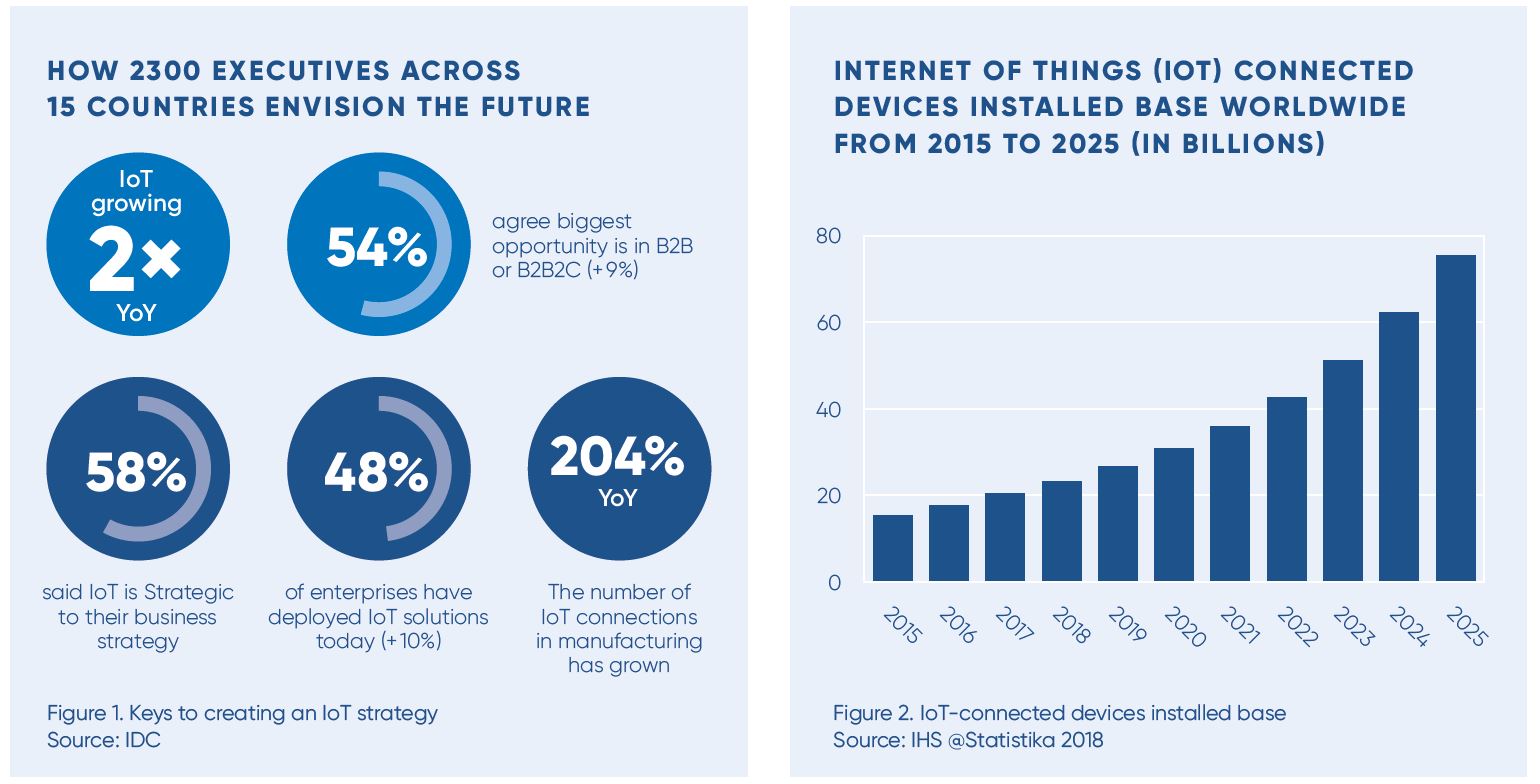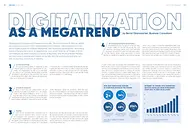1. IoT (Internet of Things)
The ever progressing linking of equipment to the internet opens up many new opportunities for companies and organizations as well as for individuals. According to Cisco, 500 billion devices will be connected and linked to the internet by the year 2030. Each device contains sensors that collect data, interact with the environment, and communicate via a network. IoT is exactly that – a network of these connected devices, and it generates data that is used to collect, analyze, and provide information in order to make informed decisions and develop targeted measures. Autonomous mill concepts are also based on smart utilization of IoT technology.



















